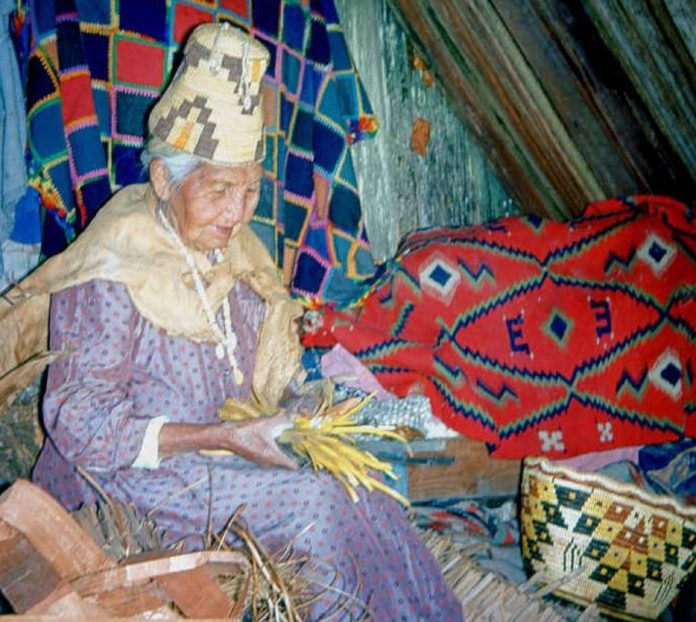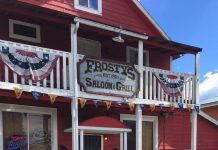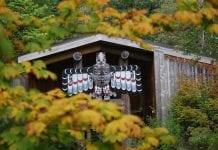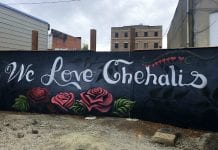
It’s hard to imagine living to be 100 years old. Still, the remarkable feat of becoming a “centenarian,” as they’re commonly referred to, seems to become more and more possible with advancements in technology and a better standard of living overall. Today, it is estimated that about one in every 5,000 people in the United States is a centenarian, with reports from the Census Bureau predicting in about 40 years, the number of people who live to 100 could be six times as high.
It is indeed an amazing feat reached by the few and longed for by the many, perhaps making it all the more impressive that a since-passed Lewis County resident managed to make it above and beyond the ripe old age of 100. She also happened to be the most famous of the Tiatnapam Tribe. Living to be a reported 115-year-old, Mary Yoke Kiona saw more than any of us could ever imagine in our lifetimes.

The Early Life of Mary Kiona
Though Mary was born during a time when written records were scarce, leaving her exact birthday to be a complete mystery, she did know that she was born before Lincoln became the 18th President of the United States as a New Year’s baby born on the banks of the Cowlitz River. Most accounts suggest that she was born during the Indian Wars of 1855, putting her at the age of 155 at the time of her death. However, it is worth noting that some records put her at the age of 121 at the time of her passing.

Regardless, the descendant of the Cowlitz and Yakima Tribes could still remember much of her early life when being interviewed by The Daily Chronicle in 1970, which marked the notorious occasion of her 115th birthday. She shared her memories of when the Cowlitz and Yakima Tribes met at Packwood and traded goods and recalled times she laid upon a hill and watched cover wagons move through the Chehalis Valley. In the late summers, she and other friends and family would camp along Smith Creek to pick huckleberries. She also shared that an uncle of hers was the first man to discover hot springs at Ohanapecosh.
The aforementioned wagons Mary remembered watching as a young girl were some of the first white settlers to move into the territory in 1863, including a glimpse of a blue-eyed French Canadian trapper, Pierre Charles.
She found herself growing up during a period of great turmoil and change for the Cowlitz People. While looking back on the arrival of these settlers during her interview, Mary stated that she “doesn’t resent the white man. She just wishes he had settled in few numbers and not tampered with nature.”

Mary Kiona’s Later Life and Legacy
Mary would grow up to become the grand matriarch of her tribe, making her one of the most famous of the Cowlitz Tribal members, along with her uncle Jim Yoke. The longevity genes seemed to run in the family as Jim also lived to be well over 100.
During her lifetime, she became well renowned for weaving intricate cedar root baskets, which she started doing at the age of six and continued well into her old age. Currently, a display at the Lewis County Historical Museum features some of these baskets. Upper Cowlitz Tribal members like herself were renowned for these beautifully woven and crafted baskets.

Mary lived in the Randle area until her death in 1970, surrounded by her many children, grandchildren, and even a great-grandchild. The 110-acre parcel of land she once called home had also been the site of the Kiona Cemetery since the turn of the 20th century after being established by family patriarch Columbus Kiona. She would have been buried here, but due to lack of space in the small cemetery that only holds 16 people to date, she was instead interred at a reservation cemetery near Oakville.
Today, Mary’s enduring legacy lives on through her descendants as they carry on her lasting strength and resilience, and her life will forever serve as a reminder of the importance of preserving cultural heritage and the power of individuals to make a lasting impact on the history of their people.











































